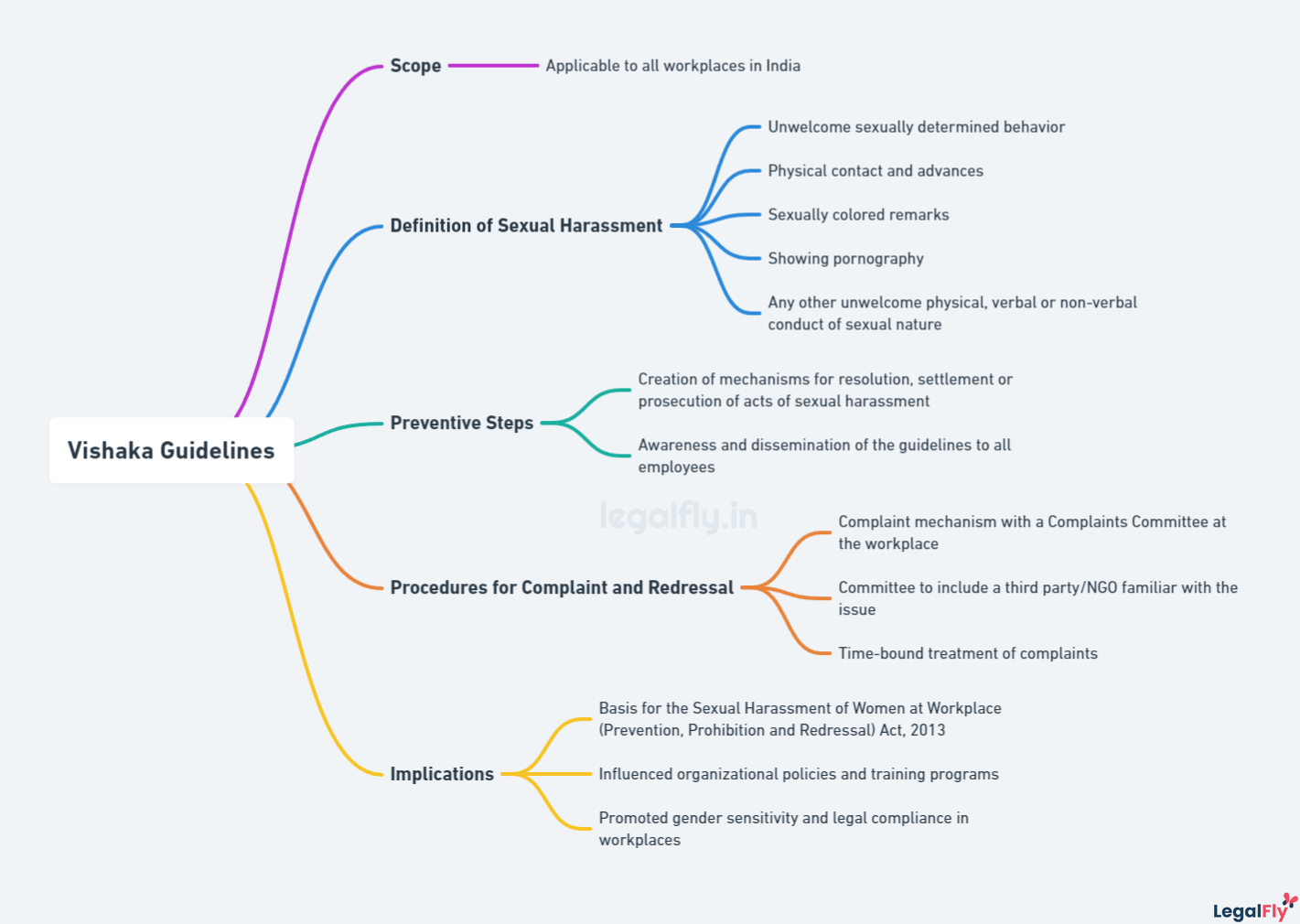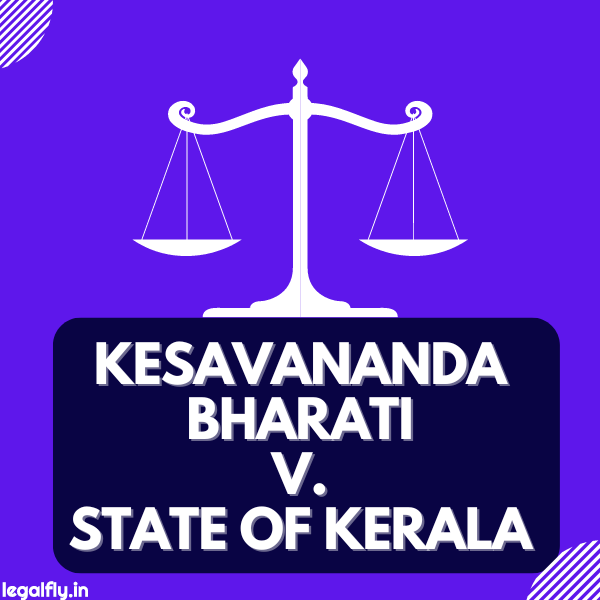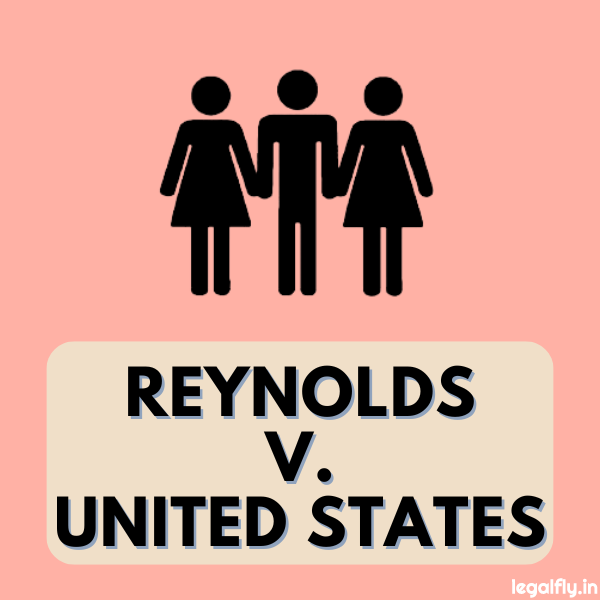Case Name: Vishaka & Ors vs State Of Rajasthan & Ors
Court: Supreme Court of India
Year: 1997
Citation: (1997) 6 SCC 241
Table of Contents
Introduction to Vishaka v. State of Rajasthan
Vishaka v. State of Rajasthan was a landmark judgment by the Supreme Court of India in 1997 regarding the interpretation of gender equality and sexual harassment at the workplace under the Indian Constitution.
The case arose after Bhanwari Devi, a social worker from Rajasthan, was brutally gang raped by members of the Gujjar community for attempting to prevent the marriage of a one-year-old girl in 1992. Bhanwari Devi reported the crime to the police, but the case was dismissed due to lack of evidence. This led a group of women’s rights activists and lawyers, known as Vishaka, to file a public interest litigation (PIL) in the Supreme Court of India to challenge the inaction and demand accountability.

The Vishaka group highlighted how the incident reflected the hazards faced by working women in India and the denial of fundamental rights guaranteed under the Indian Constitution. The rape of Bhanwari Devi demonstrated how existing legal provisions were inadequate to ensure gender equality and address sexual harassment in the workplace.
The case’s implications extended far beyond the specific incident, bringing national attention to women’s rights, safety, and dignity in Indian workplaces. The Supreme Court recognized this opportunity to set comprehensive guidelines to define sexual harassment, ensure women’s right to work with dignity and mandate institutional mechanisms for redressal across the public and private sectors. The judgment in Vishaka v. State of Rajasthan would emerge as a landmark precedent in Indian law.
The Supreme Court’s Landmark Judgement and Its Objectives
In 1997, the Supreme Court of India delivered a landmark judgment in the case of Vishaka v. State of Rajasthan that aimed to protect women from sexual harassment at the workplace. This case was initiated by women’s rights advocates and NGOs after Bhanwari Devi, a social worker from Rajasthan, was gang-raped for trying to prevent child marriage.
The Supreme Court recognized that existing civil and penal laws in India did not adequately protect women from sexual harassment at the workplace. As a result, the Court established legally binding guidelines making it mandatory for every workplace institution to provide a safe and harassment-free work environment for women.
The key objectives outlined by the Supreme Court’s judgement were:
- Gender equality is guaranteed under Articles 14, 15, 19(1)(g) of the Indian Constitution, and to uphold these constitutional rights, it is necessary to eliminate workplace sexual harassment.
- The employer or person in charge of the workplace must prevent or deter sexual harassment and provide procedures for resolution, settlement or prosecution.
- The guidelines laid down will apply to all workplaces, including governmental organizations, the private sector, hospitals, nursing homes, educational institutions, sports institutions, etc.
The most significant aspect of the judgement was the introduction of the Vishaka Guidelines, which laid out procedures for deterring and redressing workplace sexual harassment. The guidelines mandated that every institution must:
- Form a Complaints Committee headed by a woman with at least 50% women members.
- Include a third-party representative from an NGO or someone with legal knowledge.
- Publicize the committee and ensure awareness of procedures and remedies.
- Take appropriate action if harassment occurs, including filing a police complaint if required.
- Provide assistance to the victim if she chooses to file a complaint.
Overall, the Vishaka judgement created accountability, mandated preventive action, and outlined grievance procedures to ensure women have an equal right to safe working conditions until legislative protection is enacted. It established a precedent for recognizing sexual harassment as a violation of constitutional rights in the absence of legislation.
Implementation of the Vishaka Guidelines
The Vishaka guidelines were intended to ensure women’s right to safe working conditions free from sexual harassment. However, implementation of the guidelines has faced challenges in many Indian workplaces.

Adoption of the guidelines has been uneven across the public and private sectors. While government institutions and public sector companies have incorporated the guidelines into workplace policies, smaller private companies often lack formal procedures. Even when policies exist, there are issues with effective enforcement and reporting mechanisms. Many women are unaware of complaint procedures or fear retaliation for speaking up.
There are practical difficulties in constituting internal complaints committees, especially for small organizations. The lack of gender diversity in management also hampers implementation. Patriarchal attitudes and a lack of sensitivity training for staff have hindered changing organizational culture. Despite legal mandates, companies have been slow to embrace zero-tolerance towards harassment.
While the Vishaka judgment was groundbreaking, fulfilling its vision requires sustained efforts. Workplace training, strict enforcement, gender audits and surveys can improve compliance. However, changing social attitudes that normalize harassment is critical. The guidelines laid the foundation, but even today, women still face barriers to safe, equal working conditions.
Legal Framework Before Vishaka
Before the landmark Vishaka judgment in 1997, there was no specific law dealing with sexual harassment in the workplace in India. The Indian Penal Code (IPC) contained provisions criminalizing physical acts such as molestation and assault against women, but there was no clear definition or guidelines for workplace sexual harassment.
Globally, laws prohibiting sexual harassment in the workplace emerged in the 1970s, starting with the United States. In 1986, the US Supreme Court ruled that sexual harassment was a form of illegal employment discrimination under the Civil Rights Act in the Meritor Savings Bank v. Vinson case. This paved the way for many other countries to introduce workplace sexual harassment laws, though progress was slower in developing nations.
Before 1997, Indian women had little legal recourse against workplace sexual harassment. The absence of legislation meant that most cases went unreported or were settled privately within companies. Women who spoke up risked retaliation and damage to their reputations and careers. This reinforced gender inequality in Indian workplaces. The Vishaka judgment was a pivotal moment, formally recognizing sexual harassment at work as a human rights violation for the first time in India.
Comparison Before and After the Vishaka Guidelines
Before the Vishaka guidelines were instituted in 1997, there was no clear framework for dealing with sexual harassment in the workplace in India. The absence of legislation meant victims had little recourse, and organizations lacked policies and mechanisms to address complaints.
The Vishaka v. State of Rajasthan judgment was revolutionary in recognizing sexual harassment at the workplace as a human rights violation. It laid down legally binding guidelines, making it mandatory for employers to provide a safe working environment for women. Key features included:
- Definition of sexual harassment – expanded understanding from just rape to cover a range of unwelcome behaviour
- Prevention and redressal mechanisms – mandated complaint committees, awareness programs, and disciplinary action
- Employer responsibility – for providing a safe environment and addressing complaints
The Vishaka judgment thus created obligations for employers and rights for working women that did not exist earlier. By laying the groundwork for later legislation, it pioneered the fight against workplace sexual harassment in India.
Judicial Perspectives on the Case
Legal experts have widely hailed the Vishaka v. State of Rajasthan judgement as a landmark case in Indian jurisprudence. Establishing legally binding guidelines on workplace sexual harassment at a time of a legislative vacuum on the issue is important.
As noted by the Supreme Court, the absence of domestic law to effectively enforce gender equality rights necessitated the formulation of the Vishaka guidelines. Legal analysts have underlined how the guidelines laid down by the Court filled a critical gap in both criminal and labour legislation in India.
The Vishaka judgement has been described as remarkable for its contribution to gender justice and establishing minimum standards for women’s rights in the workplace. It expanded the understanding of Article 21 of the Indian Constitution on the Right to Life and Liberty, including the right to be free from sexual harassment.
Overall, experts underscore the progressive nature of the Vishaka guidelines and their role in advancing women’s rights in India. The judgement set an important precedent for holding institutions accountable for the prevention and redressal of sexual harassment.
Legal Precedents Set by the Judgement
The Vishaka v. State of Rajasthan judgement set several important legal precedents in India. Some key precedents established were:
- The Supreme Court held that in the absence of enacted law, the Court can lay down guidelines to fill the vacuum. This established judicial law-making powers in the absence of legislation.
- The judgement deviated from the requirement of locus standi in PILs, allowing public interest groups like Vishaka to file petitions on behalf of victims. This expanded access to justice.
- The Court ruled that international conventions could be read into domestic law in the absence of contradicting local laws. This enabled the use of CEDAW principles in the Vishaka guidelines.
- The ruling expanded the understanding of Article 21 of the Indian Constitution on the Right to Life and Liberty to include the right to a safe working environment free from harassment.
The Vishaka judgement significantly impacted later cases dealing with workplace harassment and gender justice. The guidelines it laid down were frequently used by courts and employers until the 2013 Sexual Harassment of Women at Workplace Act was passed.
Influence on Other Legal Systems
The Vishaka judgement had an impact beyond India, influencing legal systems in other countries as well. Other courts noted the guidelines laid down by the Supreme Court when dealing with workplace sexual harassment.
For example, in Malaysia, the Vishaka judgement was cited by the Federal Court when deciding a case of sexual harassment in 2007. The Court referred to India’s example of judicial law-making in the absence of legislation. Similarly, the Vishaka guidelines were noted in judgments by the Supreme Court of Nepal dealing with gender equality issues.
The precedent India’s Supreme Court set through the Vishaka case encouraged other countries to address gaps in their legal frameworks on workplace sexual harassment. It demonstrated the ability of the judiciary to shape policy when the legislature had failed to act. The substantive and procedural guidelines outlined by the Indian Supreme Court provided a model that other nations could adapt.
Overall, the Vishaka judgement had ripple effects worldwide, influencing legal systems to provide better protections for women’s rights in the workplace. Its impact went beyond India’s borders, with its example catalyzing change on gender equality issues globally. The case highlighted the importance of judicial activism when the law is silent.
Ongoing Challenges and Critiques
The Vishaka guidelines represented a significant step forward in addressing workplace sexual harassment in India. However, there have been some limitations and critiques raised about the guidelines over the years:
- The guidelines are not a law per se but rather guidelines laid out by the Supreme Court. As a result, enforcement remains challenging in some contexts.
- The guidelines do not provide guidance on appropriate punishments for sexual harassment offences. There is ambiguity around disciplinary actions.
- The guidelines rely on employers to set up internal complaints committees (ICCs), but many smaller organizations still lack the resources or motivation to establish robust ICCs.
- There are concerns around the training and sensitivity of ICC members in some cases. ICCs have been criticized for lacking diversity, gravitating toward senior management, and possessing potential internal biases.
- Enforcement remains challenging, especially in cases where senior leaders are the perpetrators. Victims may face backlash for speaking up, and there are ongoing challenges around the confidentiality of complaints.
- Monitoring and auditing of ICCs and their processes is still limited. More transparency and external oversight would help strengthen the system.
- There are calls for more clarity about what constitutes sexual harassment and for more guidance on appropriate investigation protocols.
While the Vishaka guidelines started an important conversation, there remain areas for improvement in translating the ideals into effective practice across all Indian workplaces. Ongoing advocacy and education are still needed to create truly equal, safe and empowering work environments.
Compliance and Enforcement in Current Times
Over 26 years after the landmark Vishaka judgement, compliance and enforcement of the guidelines in Indian workplaces remain challenging.
- A survey by Indian NGO Ungender in 2017 found that 36% of Indian companies were not compliant with the Vishaka guidelines. Lack of awareness and poor grievance redressal mechanisms were cited as significant gaps.
- According to reports, many organizations have not set up Internal Complaints Committees as mandated by the guidelines. There are also issues with the orientation of ICC members on procedures.
- Enforcement relies heavily on self-reporting of incidents and proactive company policies. External monitoring mechanisms are limited. Regulators like labour departments lack the resources to enforce guidelines comprehensively.
- However, the Sexual Harassment of Women at Workplace Act 2013 has provided a legislative framework to strengthen enforcement. It mandates the appointment of local committees for complaint redressal and penalties for non-compliance.
- The increased media spotlight on sexual harassment at workplaces has also compelled companies to take proactive steps for Vishaka guidelines compliance. However, critics argue that much more needs to be done to create safe, ethical work cultures.




